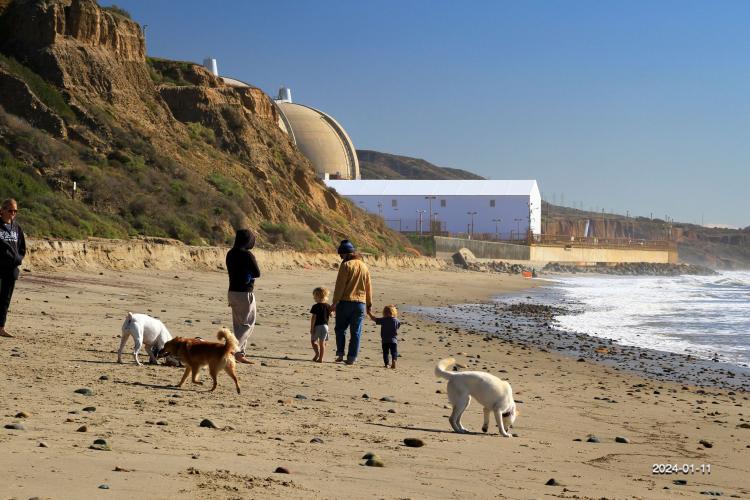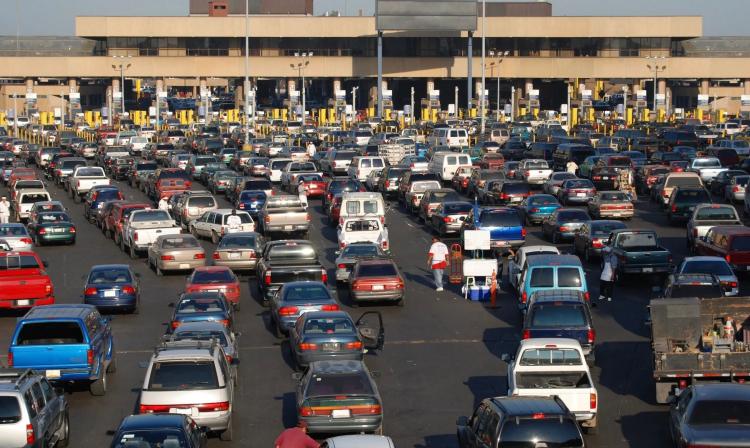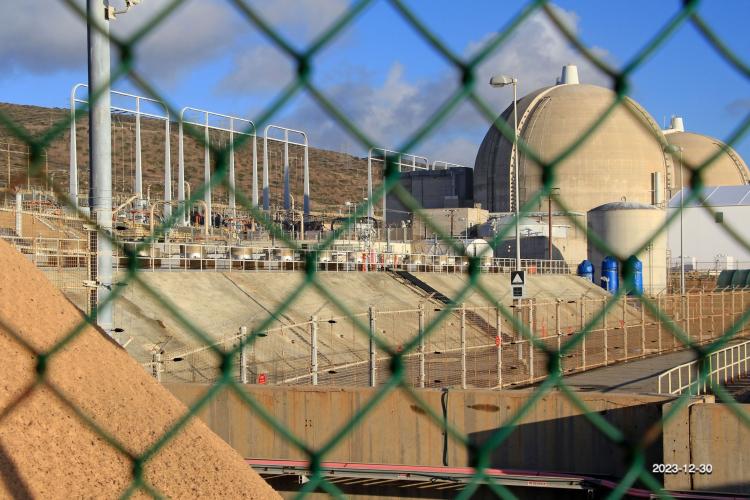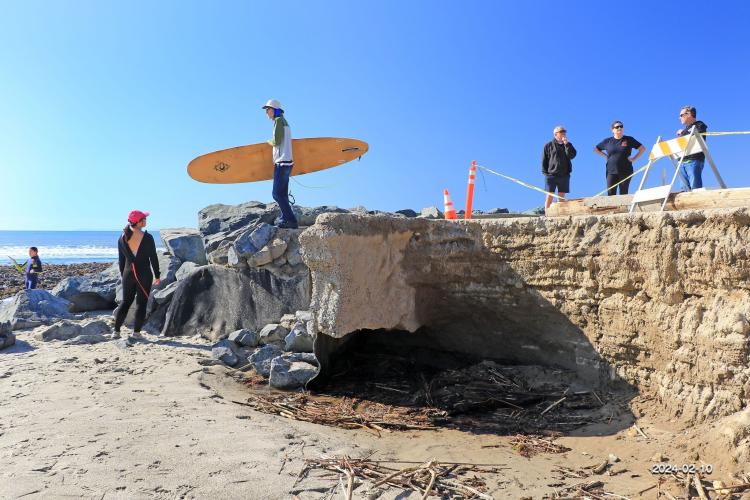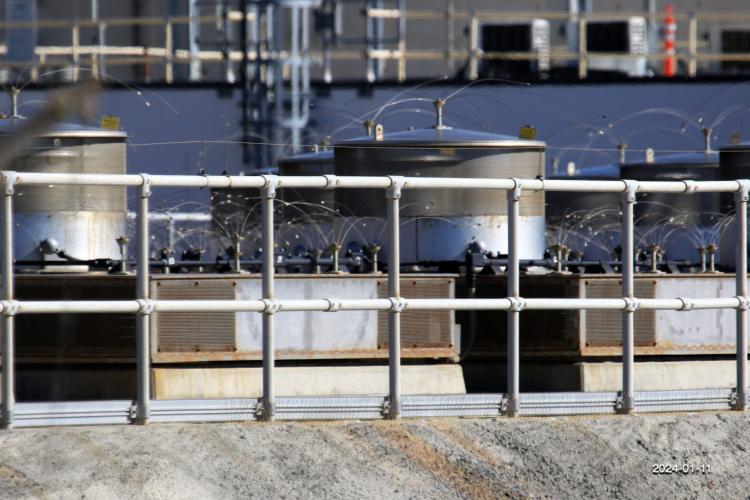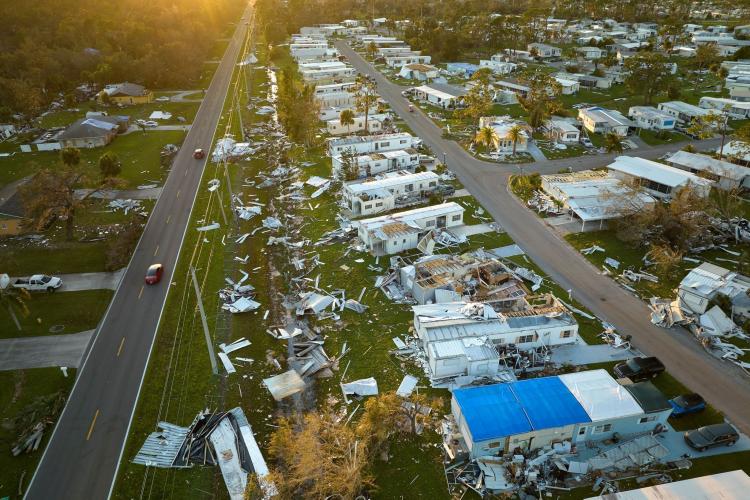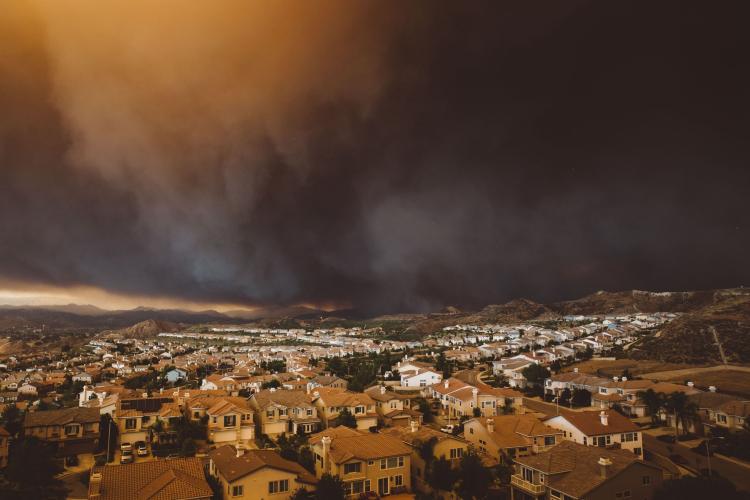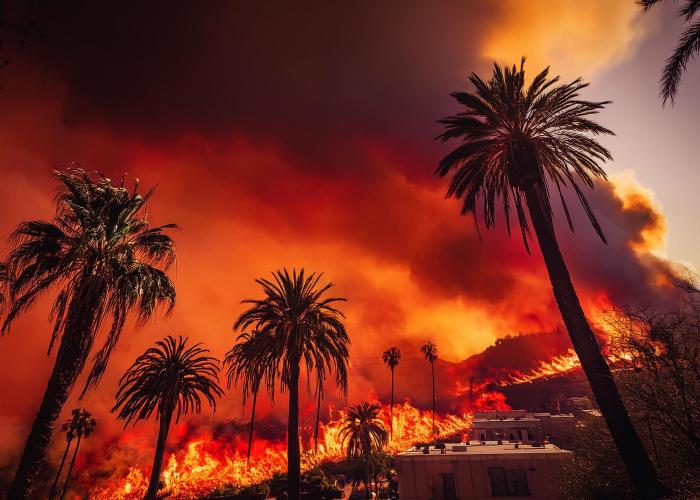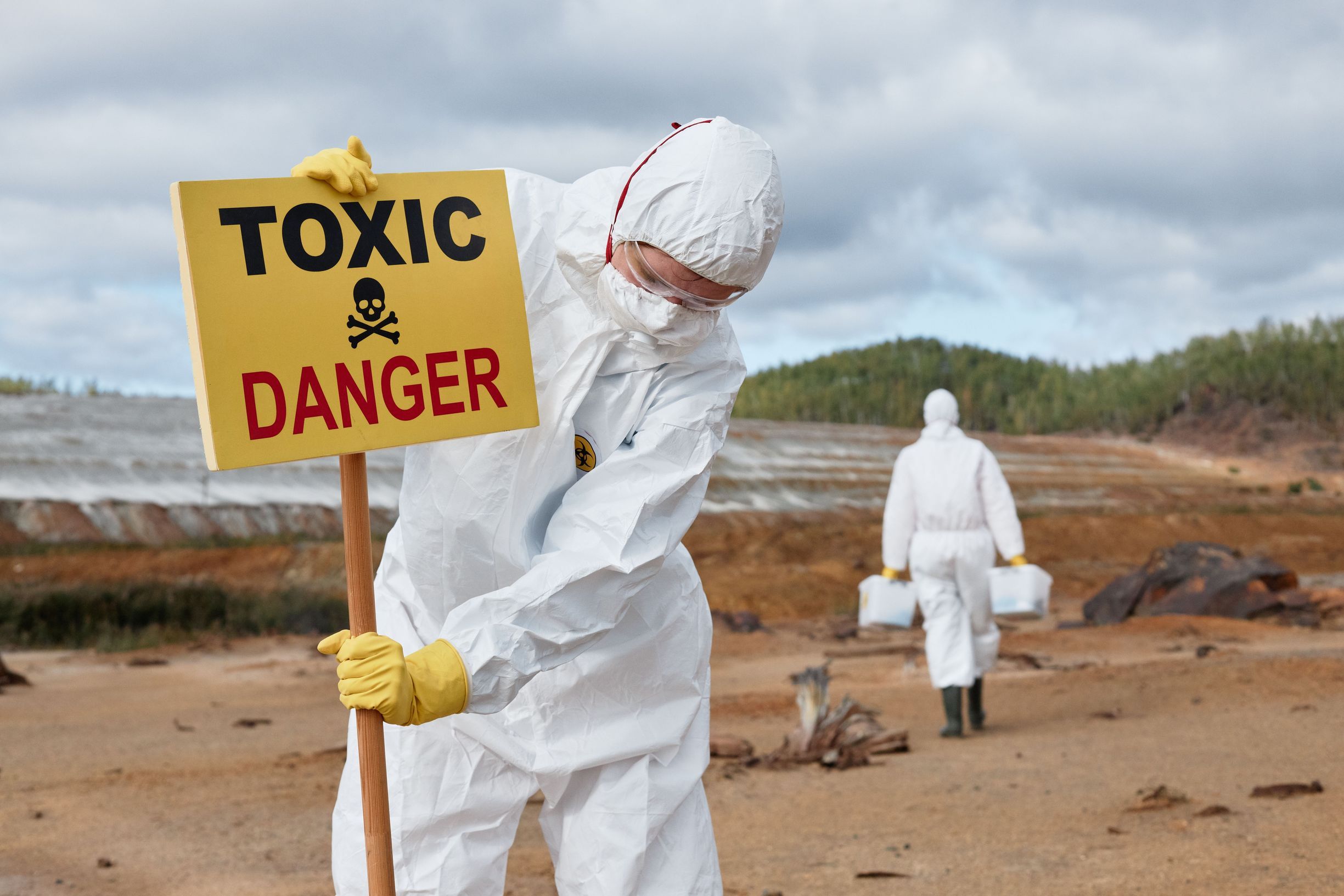
Legacies of Toxic Policy
#EnvironmentalJustice #ToxicLegacy #CommunityHealth #SamuelLawrenceFoundation
Communities of color have long borne the burden of toxic sites. Environmental justice began by challenging this inequity and continues that fight today.
…And Environmental Justice For All
The modern environmental justice movement began as a grassroots effort to challenge a toxic status quo. In 1982, the state of North Carolina chose a predominantly Black community in Warren County to be the site of a toxic waste landfill. This decision led to widespread protests across Warren County where residents, predominantly African American, organized against a toxic waste landfill in their community. This single act of resistance brought national attention to the reality that hazardous waste sites were overwhelmingly located in communities of color. This was not a coincidence; it was a consequence of deliberate policy, discriminatory housing practices, and a lack of political power in these communities.
The Cost of Pollution: A Stark Imbalance
This legacy of injustice is a core driver of the healthcare disparities we see today. The evidence is both compelling and chilling. A 2019 study published in the Proceedings of the National Academy of Sciences found that African Americans are exposed to 56% more pollution than they produce, while white Americans are exposed to 17% less pollution than they produce. This stark imbalance is not merely an abstract statistic; it translates directly into higher rates of chronic illness, reduced life expectancy, and a healthcare system ill-equipped to address the unique needs of these communities.

The Human Cost of Pollution
Envato
Pollution hits hardest in communities of color, driving chronic illness and shorter lives. Closing this gap is at the heart of environmental justice.

The Human Cost of Pollution
Envato
Pollution hits hardest in communities of color, driving chronic illness and shorter lives. Closing this gap is at the heart of environmental justice.
"Cancer Alley": A Case Study in Industrial Pollution
One of the most infamous examples of this phenomenon is "Cancer Alley," an 85-mile stretch along the Mississippi River in Louisiana between Baton Rouge and New Orleans. This region is home to over 150 petrochemical plants and refineries. Residents, most of whom are Black and live in communities that have existed for generations, have long reported unusually high rates of cancer and other serious health problems. The air is often thick with the smell of chemicals, and the ground and water are contaminated with a cocktail of toxic substances. Health data from the Louisiana Tumor Registry and other studies have shown that cancer rates in some of these parishes are significantly higher than the national average, a direct correlation with the density of industrial facilities.
Beyond Cancer: The Broader Health Consequences
The health consequences extend far beyond cancer. Respiratory illnesses, such as asthma and chronic obstructive pulmonary disease (COPD), are rampant. Fine particulate matter (PM2.5) and nitrogen oxides (NOx) emitted from industrial smokestacks can penetrate deep into the lungs and even enter the bloodstream. Children in these areas are especially vulnerable. Their developing bodies and higher breathing rates make them more susceptible to the harmful effects of air pollution, leading to higher rates of asthma, developmental problems, and learning disabilities. A study in New York City, for instance, documented that virtually all diesel bus depots, which are significant sources of pollution, were located in or near neighborhoods with high concentrations of minority residents.

Children on the Frontlines of Air Pollution
Envato
Air pollution harms developing lungs, fueling asthma and learning challenges. Minority neighborhoods often face the heaviest burden from toxic emissions.

Children on the Frontlines of Air Pollution
Envato
Air pollution harms developing lungs, fueling asthma and learning challenges. Minority neighborhoods often face the heaviest burden from toxic emissions.
The Enduring Legacy of Redlining
The roots of this disparity are deeply intertwined with racist housing policies like redlining and exclusionary zoning. In the 1930s, the federal Home Owners' Loan Corporation (HOLC) created color-coded maps to assess lending risk. Neighborhoods deemed "hazardous," often due to the presence of Black and immigrant families, were outlined in red. These "redlined" areas were starved of investment and became the de facto dumping grounds for polluting industries. While redlining was officially outlawed in 1968, its effects are still visible today. A 2024 study in California found that formerly redlined neighborhoods continue to have poorer environmental quality, with higher pollution, more noise, and less vegetation than their "greenlined" counterparts. This historical disinvestment created a self-perpetuating cycle: low property values in these areas made them attractive targets for industrial development, which in turn further depressed property values and environmental quality.
A Broken System: Healthcare Disparities
The healthcare system itself often exacerbates these disparities. High-risk industrial zones are frequently medically underserved. There is a scarcity of primary care physicians, specialized clinics for respiratory or cancer care, and accessible mental health services to deal with the stress and anxiety of living in a toxic environment. Residents may also face language barriers, lack of health insurance, and limited transportation, making it difficult to access the care they need. This creates a vicious feedback loop: environmental exposures lead to chronic illnesses, but the lack of adequate healthcare prevents early diagnosis and effective management, leading to worse health outcomes and a greater burden on the community.
A Path Forward: Policy and Progress
Recognizing this, federal agencies like the EPA have begun to shift their focus. Following Executive Order 12898 on Environmental Justice in 1994, the EPA has committed to making equity a central part of its mission. Recent initiatives, such as the Bipartisan Infrastructure Law, have directed billions of dollars to clean up Superfund sites and other hazardous waste areas, often with a focus on communities with environmental justice concerns. The agency is also funding grants for community science, empowering residents to monitor their own air quality and collect data to inform policy.
The Future of Environmental Justice
However, the path to true justice, and perhaps a better goal, “true equality,” is long and complex. The solution is not merely to clean up existing sites but to fundamentally rethink how we plan our cities and regulate our industries. Decisions about where to build nuclear energy sites were influenced by all the factors we’ve noted. So too are the decisions about handling nuclear waste. It requires a "just transition" that moves away from polluting economies in a way that protects workers and provides new economic opportunities in the very communities that have borne the brunt of industrial pollution. The environmental justice movement, in its evolution from protest to policy, has shown that this is possible. It is a powerful reminder that every community, regardless of its zip code, deserves to live free from the threat of preventable illness and environmental harm. The fight for environmental justice is a fight for public health, and it is a fight we can no longer afford to lose.
